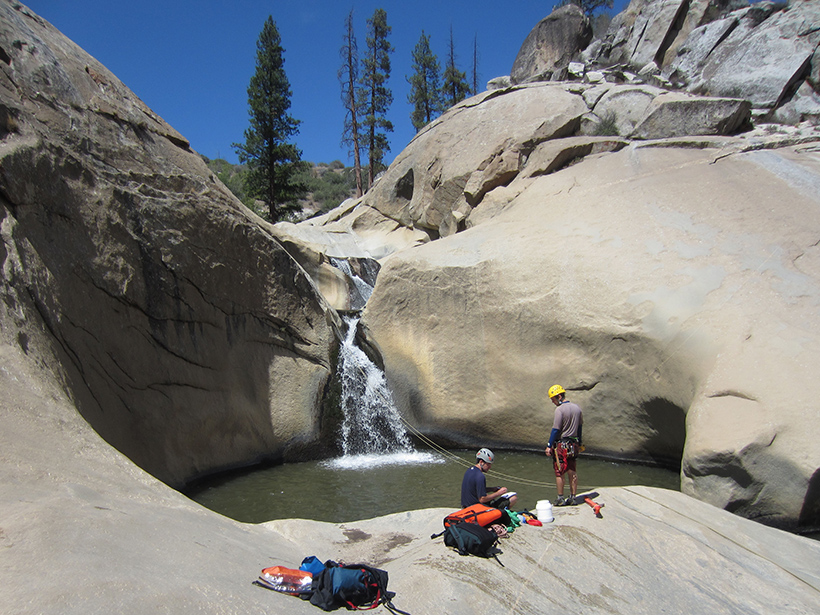Waterfalls sometimes imply a past dramatic event, like tectonic uplift or a landslide. Self-formed waterfalls could challenge that interpretation.
waterfalls
Posted inResearch Spotlights
Plunging into Waterfall Sediment Transport Modeling
A first-of-its-kind model describes how pools at the base of waterfalls adjust their depth to keep up with sediment flow.


